Similar to how the storylines in the comic being retconned throughout the decades, the plots in the movies and shows from Marvel’s Cinematic Universe are revised and revolutionized over the progress of development.
Sometimes, a scheduled project would take years to be presented on screen, but even so, it possibly appears to be nothing like the initial idea that came up in the mind of the producers. Below are 15 films and TV series by
Marvel that were initially intended to be much more different.
1. At the 2006 San Diego Comic-Con, producers of Blade: The Series teased their intentions to include the presentation of Moon Knight into their show. The name of Marc Spector was referred to in the pilot episode; however, the series was called off after only one season.
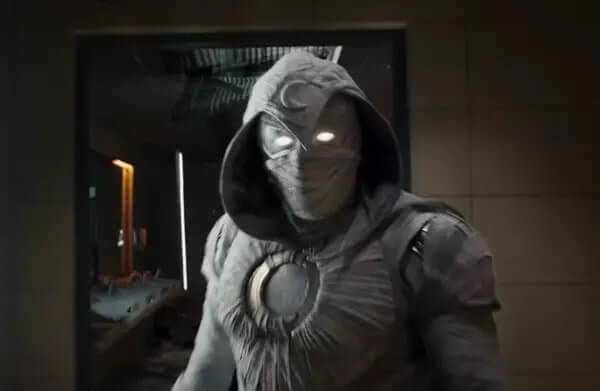 Source: Marvel Entertainment
Source: Marvel Entertainment
Just a few months following, Marvel Studios and No Equal
Entertainment stated that they planned to run a TV series on
Moon Knight, only revealing that it would be a live-action show. Nonetheless, no further statements related to the show were issued, and only in 2022 would
Moon Knight be presented on Disney+.
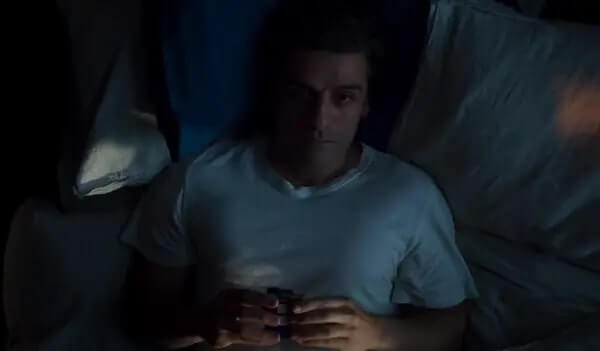 Source: Marvel Entertainment
Source: Marvel Entertainment
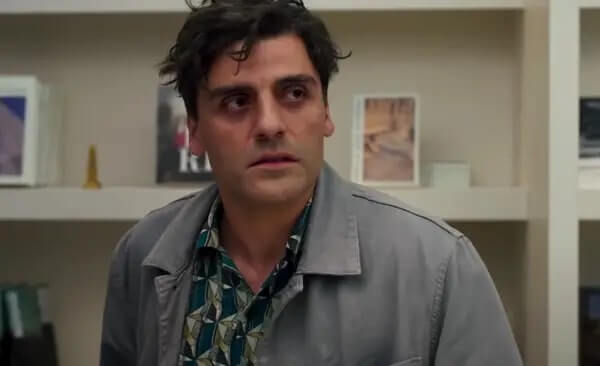 Source: Marvel Entertainment
Source: Marvel Entertainment
2. Initially, Marvel intended for Spiderman: No Way Home to be released after Doctor Strange in the Multiverse of Madness, as they wanted Doctor Strange to have already understood the “dangers of screwing with [the multiverse].”
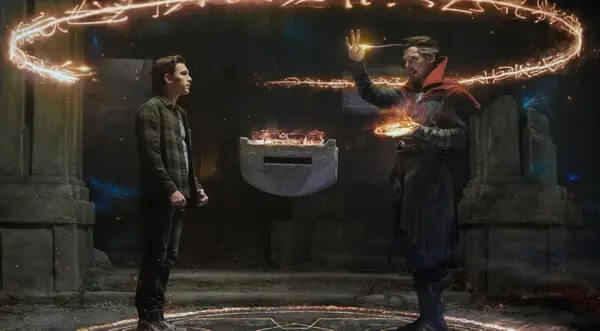 Source: Everett Collection
Source: Everett Collection
Nonetheless, after the release of
Doctor Strange in the Multiverse of Madness was postponed due to the outbreak of COVID-19, screenwriters of Spider-Man altered it, lessening Dr. Strange’s knowledge about the multiverse.
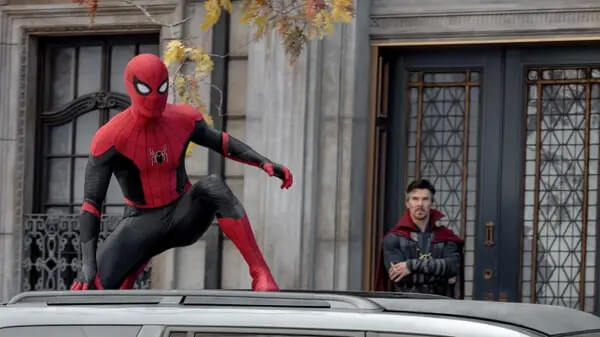 Source: Everett Collection
Source: Everett Collection
Chris McKenna said, "That makes it even more frightening, to start fooling around with these things, because it’s the fear of the unknown. Either way, he was the voice of reason going, ‘You don’t mess with the fate of an individual’ — and Peter Parker being naive enough to go, ‘Why not? Why can’t we save these people?'"
3. Originally, Marvel producers wanted to make a live-action debut for She-Hulk in 1990’s The Death of the Incredible Hulk; however, she failed to appear in the movie. Previously, she had debuted in the comic version about 10 years before, and was also present in the animated series The Incredible Hulk.
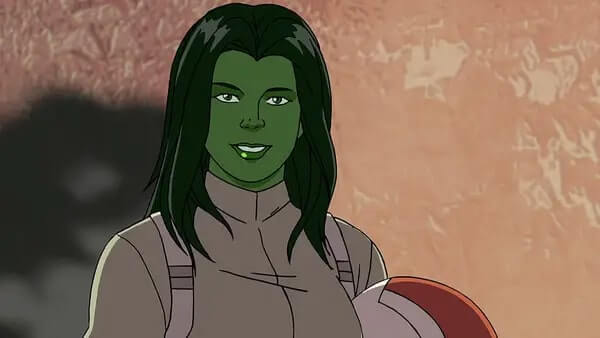 Source: Getty Images
Source: Getty Images
In the early ‘90s, director Larry Cohen intended to create a
She-Hulk movie, casting Brigitte Nielsen as the main character. Unfortunately, it didn’t work out for unclarified cause, but a
She-Hulk series starring Tatiana Maslany is set to premiere soon on Disney+.
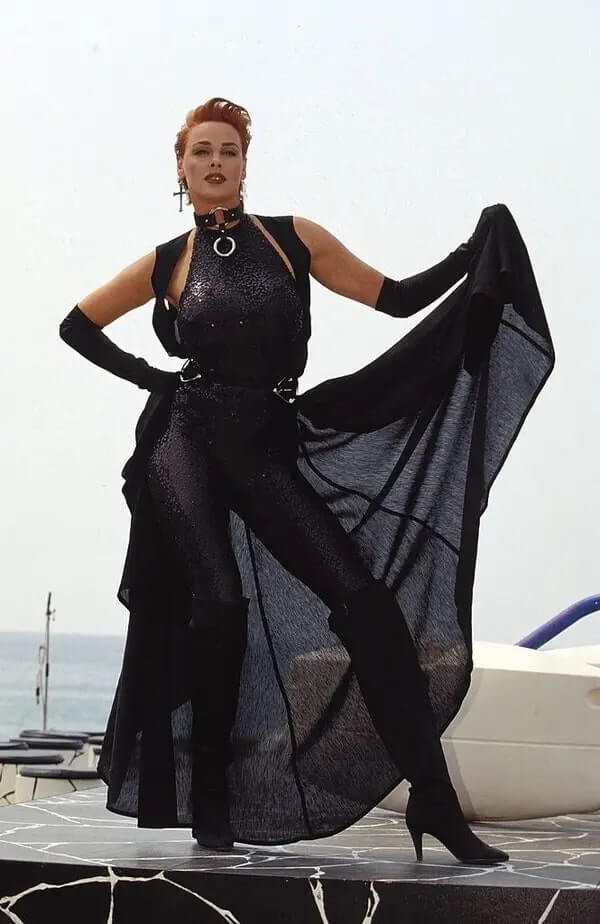 Source: Getty Images
Source: Getty Images
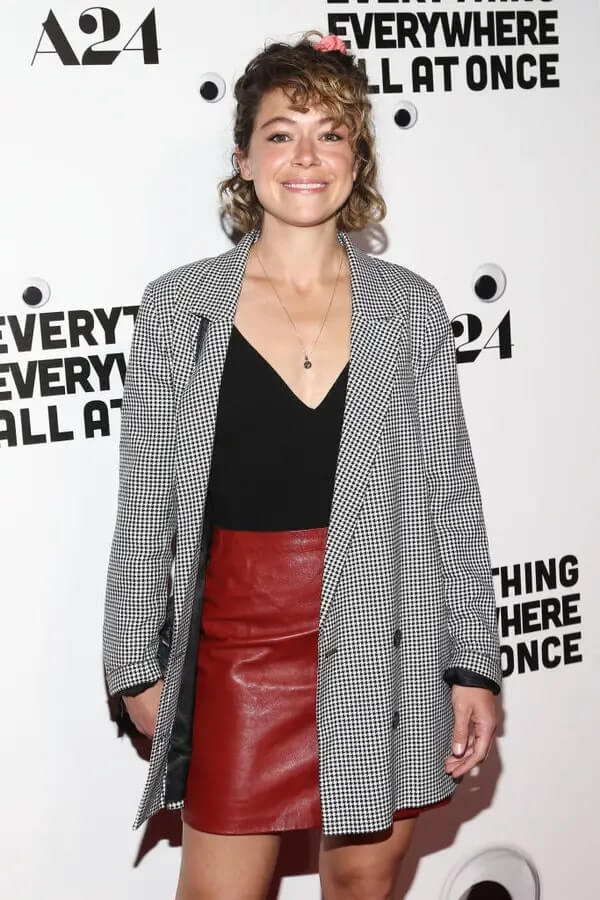 Source: Getty Images
Source: Getty Images
4. In 2001, director Stephen Norrington signed up to direct a movie called The Hands of Shang-Chi, whose rights were previously obtained by Dreamworks. However, after those projects failed, the rights were acquired by Marvel, who announced plans for their own Shang-Chi movie in 2005.
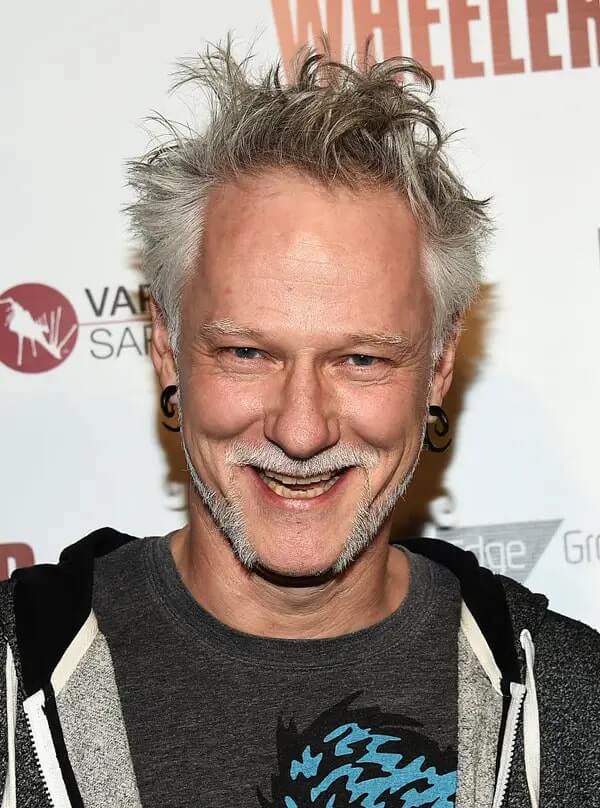 Source: Getty Images
Source: Getty Images
Originally, Marvel wanted to premiere the Hero in one post-credits scene in
The Avengers in order to gain fans in the Chinese market. The studio contacted DMG Entertainment Motion Picture Group, a China-based firm, for a co-production of The Avengers.
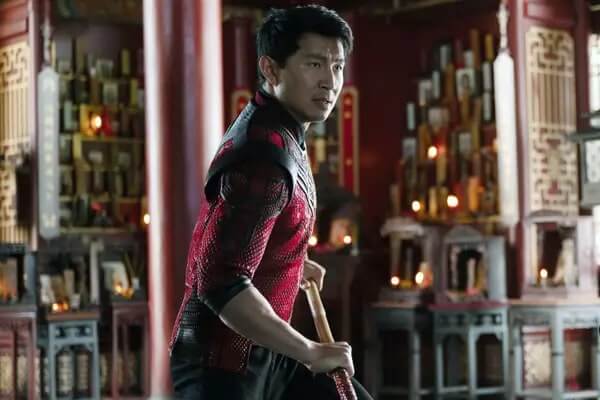 Source: Everett Collection
Source: Everett Collection
Part of the partnership would be introducing a Chinese character, Shang-Chi or the Mandarin, in the post-credits, but DMG didn’t accept the proposal. Fortunately, in 2021, Marvel released
Shang-Chi and the Legend of the Ten Rings, after nearly 2 decades.
 Source: Everett Collection
Source: Everett Collection
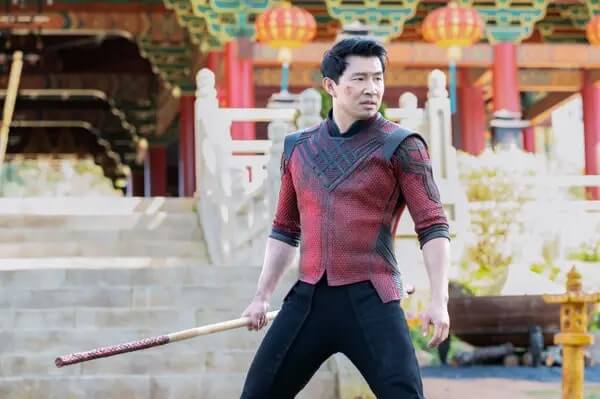 Source: Everett Collection
Source: Everett Collection
5. In the early ‘90s, Marvel and Full Moon Entertainment decided to partner in a Doctor Strange film, but the projects came to nothing because of the scheduled production, while Full Moon Entertainment lost the movie rights. Ultimately, Doctor Strange returned to Marvel in 2016.
 Source: Everett Collection
Source: Everett Collection
Full Moon Entertainment would later decide to rewrite the script just enough to avoid copyright infringement, instead of totally abandoning the plan, leading to the release of the 1992’s
Doctor Mordrid.
 Source: Everett Collection
Source: Everett Collection
In the film, Doctor Mordrid is a sorcerer with the mission to safeguard the world from the Dark Dimension. The character also sports clothes identically to Doctor Strange, residing in a NYC’s brownstone resembling the Sanctum Sanctorum, and fights a villain named Kabal, similar to Dormammu.
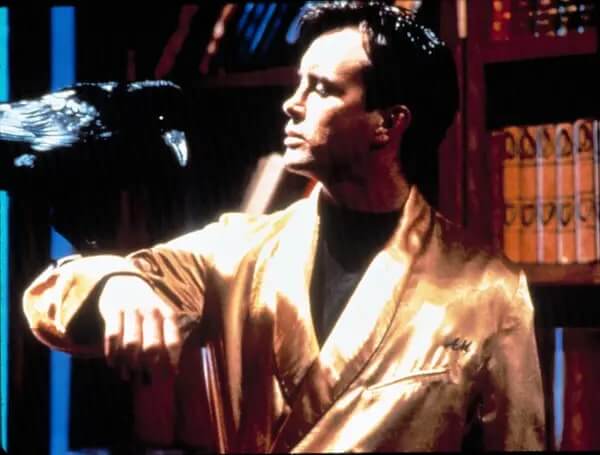 Source: Everett Collection
Source: Everett Collection
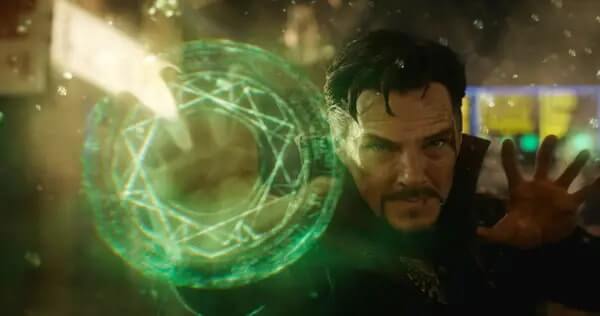 Source: Everett Collection
Source: Everett Collection
6. In 2006, Marvel Studios teamed up with Lionsgate to produce a Black Widow film scripted and directed by X-Men co-writer David Hayter, who spoke of the script: "She’s a freelance mercenary, and she’s called back to where she was brought up to face her past.
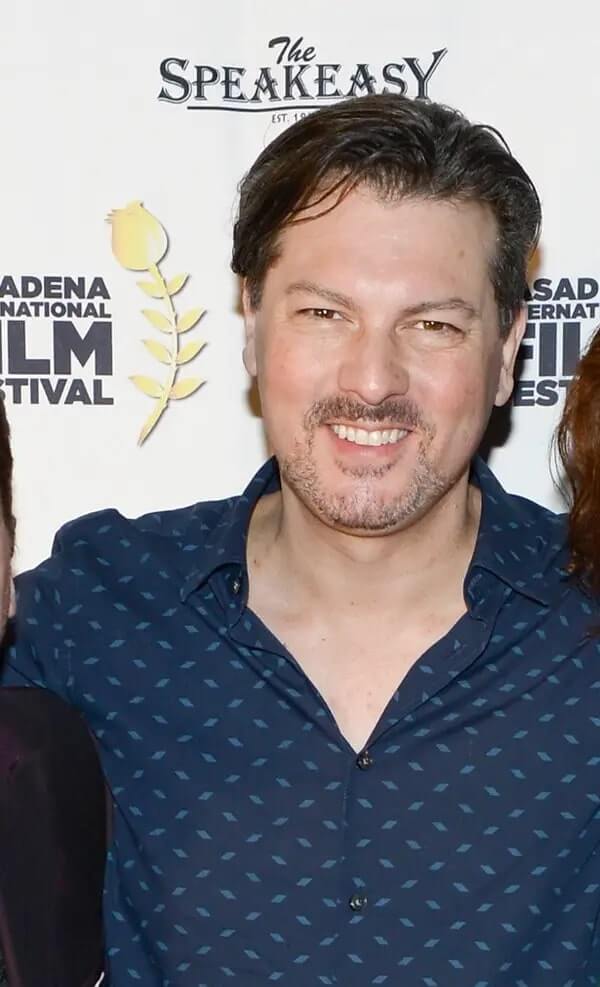 Source: Getty Images
Source: Getty Images
“What I tried to do was use the backdrop of the splintered Soviet Empire — a lawless insane asylum with four hundred some odd nuclear missile silos. It was all about loose nukes, and I felt it was very timely and very cool."
 Source: Everett Collection
Source: Everett Collection
Hayter spent a whole year on his screenplay, so absorbed in the project that he even named his newborn daughter Natasha. Nonetheless, as the writer started working on the final draft, a number of films related to female vigilantes were produced.
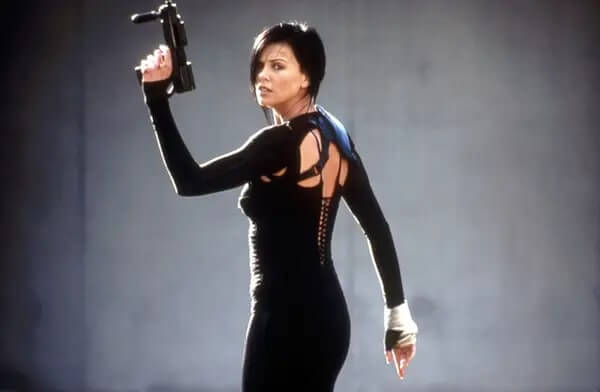 Source: Everett Collection
Source: Everett Collection
3 days following the abysmal release of Aeon Flux, Hayter was told by the studio, “We don’t think it’s time to do this movie.” Black Widow finally debuted in MCU’s Iron Man 2 in 2010, ultimately having her own
Black Widow movie in 2021.
 Source: Everett Collection
Source: Everett Collection
7. Early in the drafting process, Josh Whedon, screenplay writer and director for The Avengers, wasn’t sure if Scarlett Johansson was going to reappear in the movie, thus he intended to replace her. He said, “I wrote a huge bunch of pages starring The Wasp. That was not useful.” Of course, Johansson would reprise her role and appear in the movie as an original member of The Avengers.
 Source: Everett Collection
Source: Everett Collection
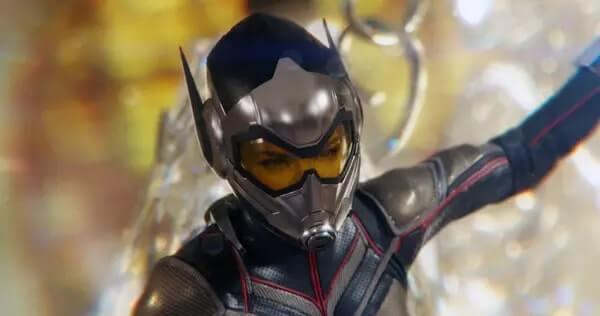 Source: Everett Collection
Source: Everett Collection
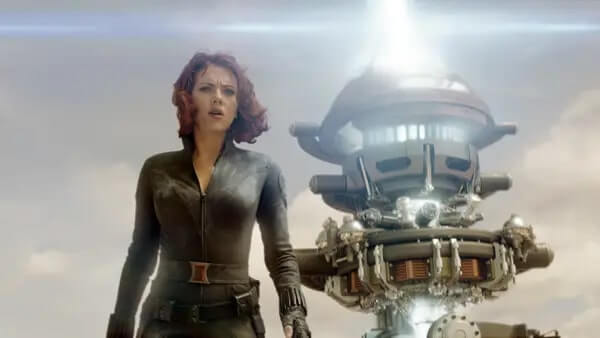 Source: Everett Collection
Source: Everett Collection
8. In 1990, the movie rights of Iron Man were procured by Universal, who intended to make a low-budget film directed by Stuart Gordon and written by Ed Neumeier. Rumors were that the storyline followed an older version of Tony Stark coming out of retirement.
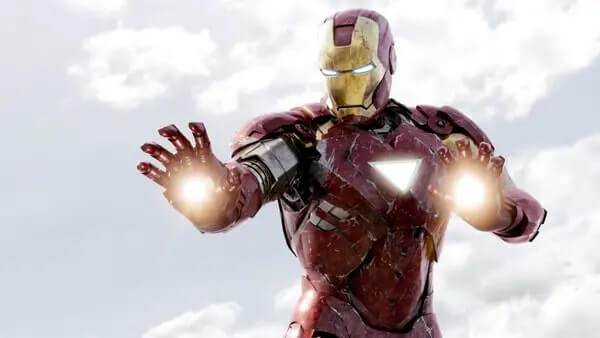 Source: Everett Collection
Source: Everett Collection
The movie rights were sold in 1996 by Universal to Fox, who had Stan Lee and Jeff Vintar write a script in which MODOK, a giant evil head, was the main villain. Both Nicolas Cage and Tom Cruise wanted to star in the movie, yet the film was stuck in pre-production for years.
 Source: Getty Images
Source: Getty Images
The draft written by Tim McCanlies, Ted Elliott, and Terry Rossio consisted of a cameo of Nick Fury, originally intended to set up for the character’s solo movie. Now, the man is getting his own Disney+ series.
 Source: Everett Collection
Source: Everett Collection
Meanwhile, the rewritten script by Alfred Gough, Miles Millar and Jeff Vintar had Mandarin as the primary villain, whose fake version was the villain in Iron Man 3, and the real one debuted in
Shang-Chi and the Legend of the Ten Rings.
 Source: Everett Collection
Source: Everett Collection
Ultimately, David Hayter’s revision had Tony Stark deciding that his company should cease to manufacture weapons, infuriating his still-living father, Howard Stark, who later joined forces with Justin Hammer, his son’s largest enemy (who appeared in Iron Man 2), to become the villainous version of War Machine.
New Line Cinema initially wanted Joss Whedon to be the director, before deciding to recruit Nick Cassavetes. But their movie rights ran out right before they could strike a deal with the later, returning in the rights being handled back to Marvel Studios, who ultimately released
Iron Man with Paramount Pictures in 2008.
9. Maya Hansen was initially a villain in the first draft of the Iron Man 3 script. Shane Black, the screenwriter, said, “I liked the idea, like Remington Steele, you think it’s the man but at the end, the woman has been running the whole show."
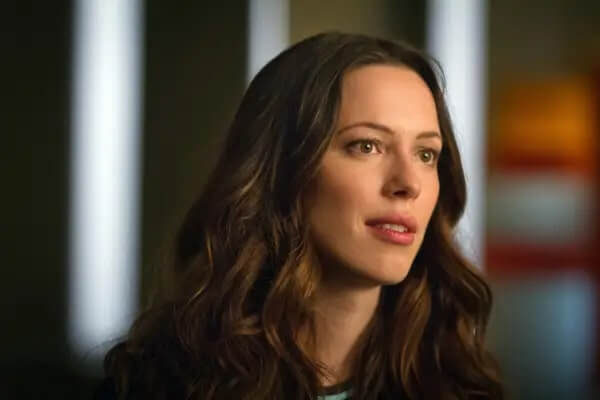 Source: Everett Collection
Source: Everett Collection
However, the screenwriters "were given a no-holds-barred memo saying that cannot stand and [Marvel corporate] changed [their] minds because, after consulting, [they've] decided that toy won’t sell as well if it’s a female."
 Source: Everett Collection
Source: Everett Collection
Black said, "We had to change the entire script because of toy making." Therefore, they had to rewrite the script to turn Aldrich Killian into the primary villain instead of Maya Hansen, reducing her impact as well.
 Source: Everett Collection
Source: Everett Collection
10. Director Alan Taylor intended to have the version of Thor: The Dark World “a slightly more magical quality” and “weird stuff going on back on Earth because of the convergence that allowed for some of these magical realism things.” He said, "The version I had started off with had more childlike wonder; there was this imagery of children, which started the whole thing."
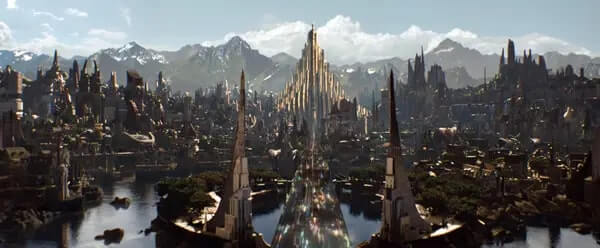 Source: Everett Collection
Source: Everett Collection
However, "there were major plot differences that were inverted in the cutting room and with additional photography" — leading to a much different film than the one he envisioned. "People [such as Loki] who had died were not dead, [and] people who had broken up were back together again," Taylor said.
 Source: Everett Collection
Source: Everett Collection
11. Initially, Marvel wanted to make Thor: Ragnarok to be much darker in tone, not to say the darkest MCU film ever released. But during the development stage of the film, the Studios separated from the overarching Marvel Entertainment, granting Kevin Feige and filmmakers a lot more creative freedom.
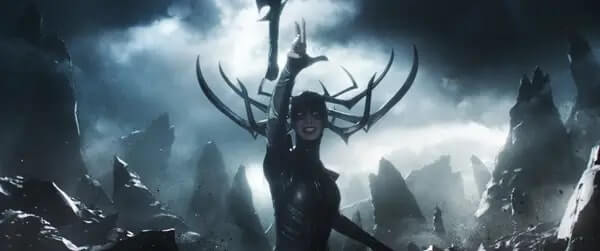 Source: Everett Collection
Source: Everett Collection
The newfound creative freedom allowed director Taika Waititi to insert comedy energy into the movie. He said, “A lot of what we’re doing with the film is, in a way, kind of dismantling and destroying the old idea and rebuilding it in a new way that’s fresh. Everyone’s got a slightly new take on their characters, so in that way, it feels like [this is] the first Thor.”
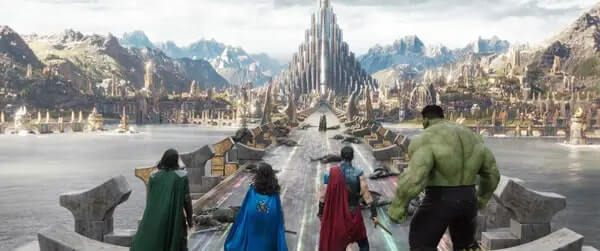 Source: Everett Collection
Source: Everett Collection
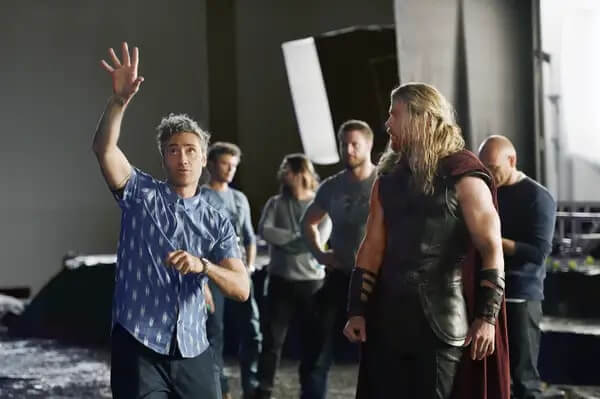 Source: Everett Collection
Source: Everett Collection
12. The initial Eternals edit had a “really bleak” ending “with everybody back on the ship, minds erased and just going on to another planet, like The Twilight Zone.” Chloe Zhao, the movie’s director, said, “I remember when it goes to black, everyone was like, 'I don't know what to do.'”
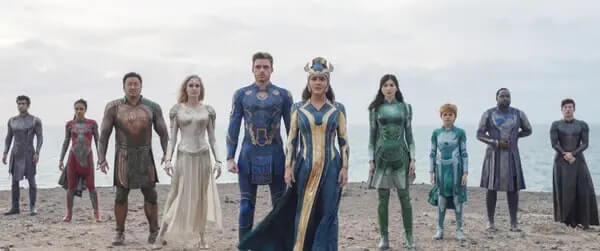 Source: Everett Collection
Source: Everett Collection
Luckily, that ending didn’t turn out to be received by test audiences, so the studios reworked and produced another ending. Zhao said, “Also, it's the MCU, and you want to be excited for what's next.”
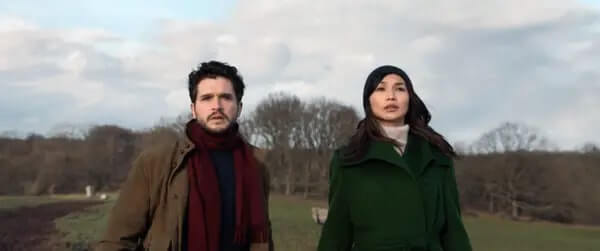 Source: Everett Collection
Source: Everett Collection
13. Christopher Markus, the co-writer of Captain America: The Winter Soldier, wanted to make MODOK the main villain of the movie, opting to recruit Peter Dinklage for the role. Eventually, the movie's villain title went to Alexander Pierce. MODOK has yet to make his MCU debut.
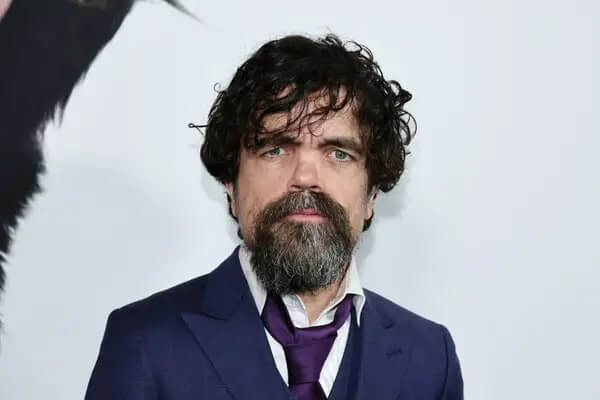 Source: Getty Images
Source: Getty Images
“In [the first movie], the great thing is [the visual effects and makeup team] really pulled off the Red Skull. It doesn’t look like a mask. it looks like it’s fully integrated into his flesh. And I want to see what they can do with MODOK," Markus said.
 Source: Everett Collection
Source: Everett Collection
However, no one else at Marvel seemed "to be on [his] side." "There are the favorites I'm always trying to wedge in, but the problem is you can't wedge in a giant, flying head. It's not like MODOK can pop up in one scene," Markus stated.
 Source: Everett Collection
Source: Everett Collection
14. In 2011, Marvel planned to premiere Jessica Jones on ABC with Carol Danvers (not Captain Marvel) as the best friend of the main character. At that time, Danvers’ comic book version appeared to be Jessica’s best friend as well as a hero named Ms. Marvel.
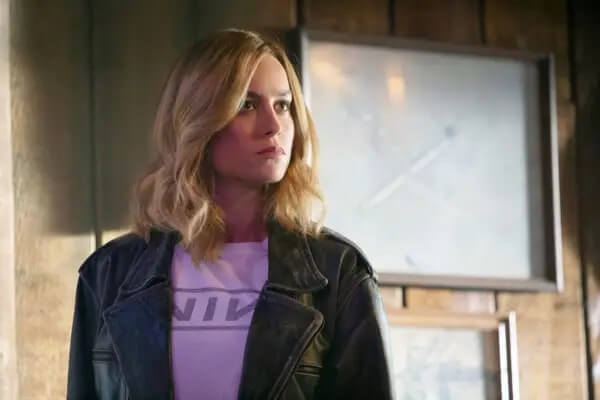 Source: Everett Collection
Source: Everett Collection
However, ABC passed on the show, and before it was adopted by Netflix, Carol became Captain Marvel in the comics and got her own film, making the showrunner, Melissa Rosenberg, to give up the character altogether. So she replaced her with Trish Walker, and Carol Danvers made her MCU debut in 2019's
Captain Marvel.
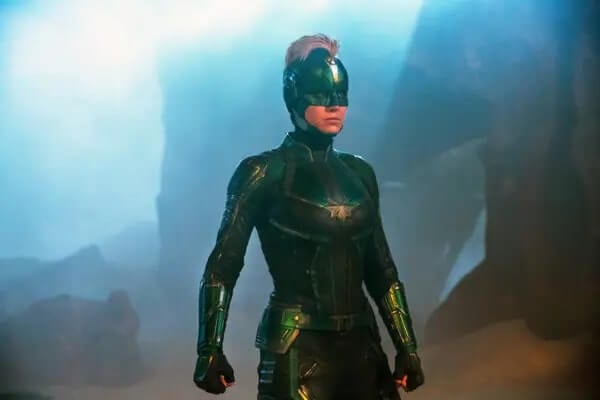 Source: Everett Collection
Source: Everett Collection
Rosenberg said, "In the book, the powers are very out in the open and the themes of that are about ‘the other,’ and in the cinematic universe that’s not the mythology. So there was a lot that I had to move away from, just in terms of sheer plot, and Carol Danvers got her own movie."
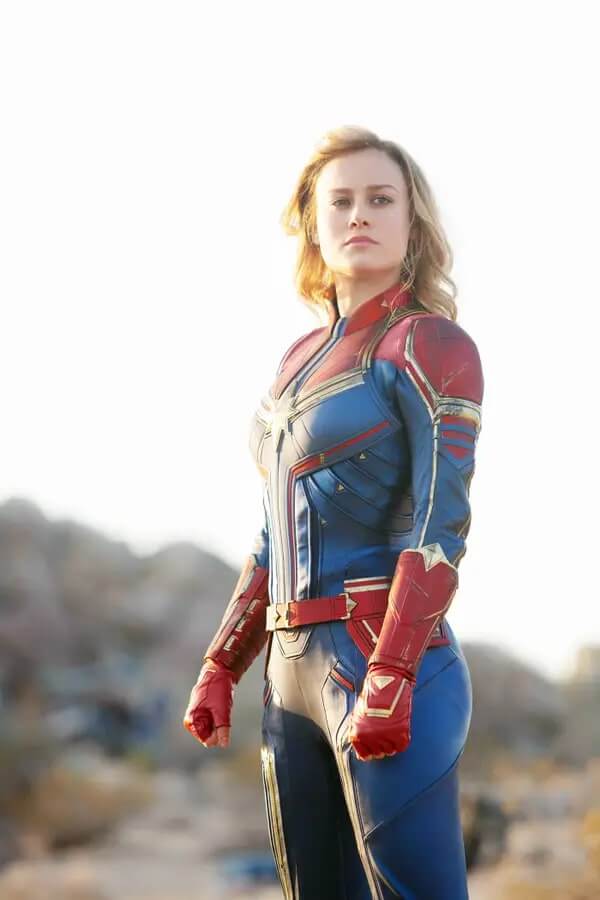 Source: Everett Collection
Source: Everett Collection
15. And finally, in the early '90s, Marvel partnered with Wesley Snipes to bring Black Panther to the silver screen. Snipes had three different versions of the script written. However, the kind of technology that could accurately recreate Wakanda onscreen didn't exist yet.
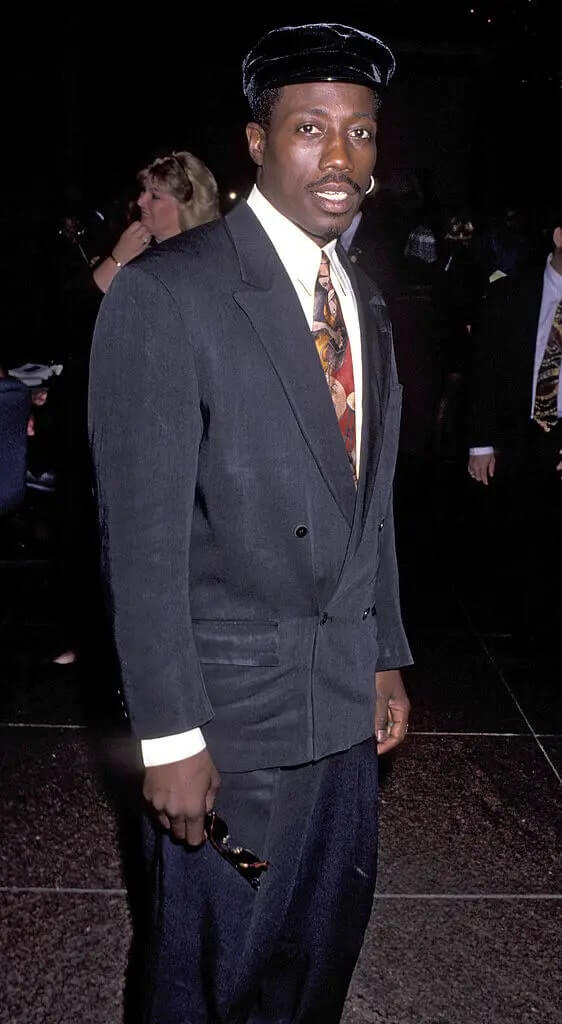 Source: Getty Images
Source: Getty Images
Snipes told Collider, "We didn't have the technology we have now. Pixar didn't exist. None of the things, the CGI capabilities that we have now existed." Snipes went on to star in Blade instead, and Chadwick Boseman starred in
Black Panther in 2018.
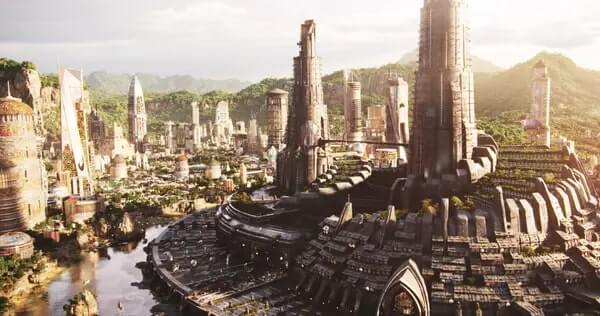 Source: Everett Collection
Source: Everett Collection
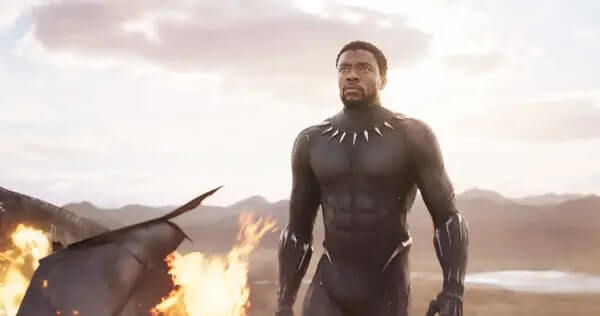 Source: Everett Collection
Source: Everett Collection
 Source: Marvel Entertainment
Source: Marvel Entertainment Source: Marvel Entertainment
Source: Marvel Entertainment Source: Marvel Entertainment
Source: Marvel Entertainment Source: Everett Collection
Source: Everett Collection Source: Everett Collection
Source: Everett Collection Source: Getty Images
Source: Getty Images Source: Getty Images
Source: Getty Images Source: Getty Images
Source: Getty Images Source: Getty Images
Source: Getty Images Source: Everett Collection
Source: Everett Collection Source: Everett Collection
Source: Everett Collection Source: Everett Collection
Source: Everett Collection Source: Everett Collection
Source: Everett Collection Source: Everett Collection
Source: Everett Collection Source: Everett Collection
Source: Everett Collection Source: Everett Collection
Source: Everett Collection Source: Getty Images
Source: Getty Images Source: Everett Collection
Source: Everett Collection Source: Everett Collection
Source: Everett Collection Source: Everett Collection
Source: Everett Collection Source: Everett Collection
Source: Everett Collection Source: Everett Collection
Source: Everett Collection Source: Everett Collection
Source: Everett Collection Source: Everett Collection
Source: Everett Collection Source: Getty Images
Source: Getty Images Source: Everett Collection
Source: Everett Collection Source: Everett Collection
Source: Everett Collection Source: Everett Collection
Source: Everett Collection Source: Everett Collection
Source: Everett Collection Source: Everett Collection
Source: Everett Collection Source: Everett Collection
Source: Everett Collection Source: Everett Collection
Source: Everett Collection Source: Everett Collection
Source: Everett Collection Source: Everett Collection
Source: Everett Collection Source: Everett Collection
Source: Everett Collection Source: Everett Collection
Source: Everett Collection Source: Everett Collection
Source: Everett Collection Source: Getty Images
Source: Getty Images Source: Everett Collection
Source: Everett Collection Source: Everett Collection
Source: Everett Collection Source: Everett Collection
Source: Everett Collection Source: Everett Collection
Source: Everett Collection Source: Everett Collection
Source: Everett Collection Source: Getty Images
Source: Getty Images Source: Everett Collection
Source: Everett Collection Source: Everett Collection
Source: Everett Collection